-
- PCB TYPE
- PRINTED CIRCUIT BOARD PROTOTYPE ALUMINUM PRINTED CIRCUIT BOARD R&F PCB FPC HIGH FREQUENCY PCB HIGH-TG PCB HEAVY COPPER PCB HDI PCB PCB FOR LIGHTING METAL CORE PCB
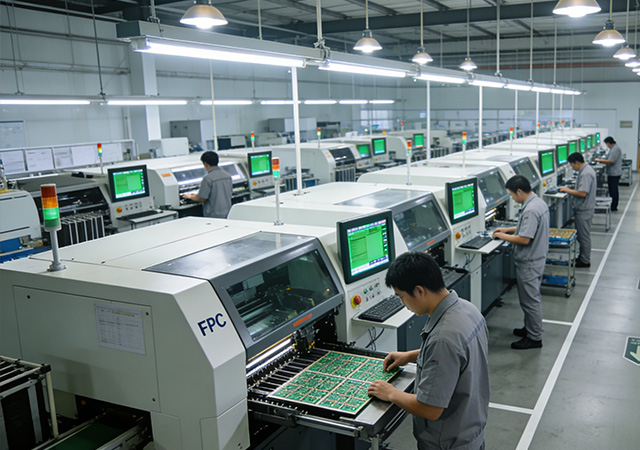
In the era of intelligent and interconnected flexible electronics, a professional FPC manufacturer is no longer a mere component producer but a comprehensive technology partner that drives innovation through integrated solutions and full-lifecycle support. Specializing in flexible printed circuits (FPCs)—the core of compact, dynamic, and high-performance electronic devices—top FPC manufacturers distinguish themselves by integrating diverse advanced technologies (such as gold bonding, blind/buried vias, and high-density assembly) and providing end-to-end services from initial design to post-production maintenance. Unlike generic manufacturers focused solely on production, these FPC manufacturers deeply understand the cross-industry technical demands, enabling them to deliver tailored solutions that balance performance, cost, and reliability. For enterprises developing cutting-edge products in 5G, automotive, and medical fields, partnering with such an FPC manufacturer is critical to tra
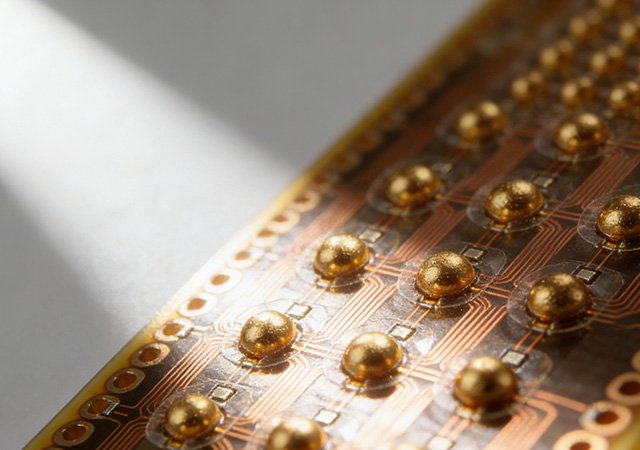
As flexible electronics evolve toward miniaturization, high integration, and dynamic operation, FPC gold ball bonding has emerged as a pivotal interconnection technology that bridges the gap between component density and operational reliability. This specialized process integrates gold ball bonding—renowned for its precision and conductivity—with flexible printed circuits (FPCs), enabling robust electrical connections between FPC substrates and ultra-small components. Unlike traditional soldering or other wire bonding methods, FPC gold ball bonding leverages gold’s inherent ductility, corrosion resistance, and low electrical resistance to thrive in applications requiring repeated bending, extreme miniaturization, or high-frequency signal transmission. For manufacturers developing next-generation flexible devices—from wearable sensors to automotive dynamic components—FPC gold ball bonding has become an indispensable technology to unlock design flexibility and performance potential.
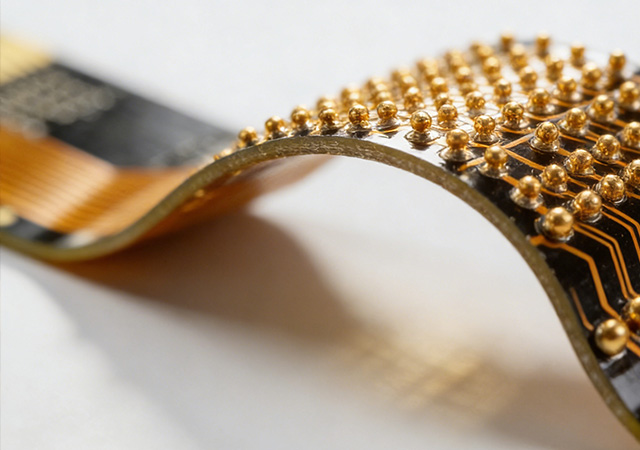
In mission-critical electronic systems where even minor failures can lead to catastrophic consequences—such as medical implants, aerospace avionics, and automotive safety systems—High Reliability Gold Bonding FPC has become an indispensable core component. Unlike standard gold bonding FPCs that prioritize basic connectivity, High Reliability Gold Bonding FPC integrates advanced gold bonding technologies with rigorous design and manufacturing controls to deliver exceptional stability, durability, and performance under extreme operating conditions. Leveraging gold’s inherent advantages of excellent conductivity, corrosion resistance, and ductility, this specialized FPC ensures uninterrupted operation in harsh environments ranging from extreme temperatures to chemical exposure. For manufacturers developing high-end, life-or-mission-critical products, adopting High Reliability Gold Bonding FPC is a strategic decision to safeguard product integrity and brand credibility.
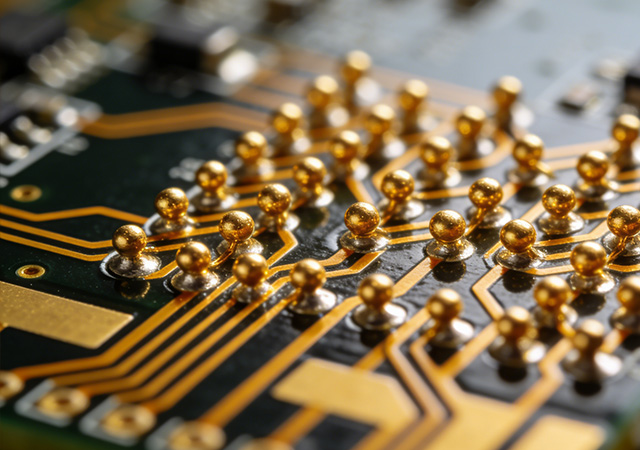
As high-end flexible electronics demand increasingly stringent standards for connection reliability, signal integrity, and long-term durability, Gold Ball Bonding FPC Technology has emerged as a pivotal solution in advanced FPC manufacturing. This specialized technology integrates gold ball bonding—a precision interconnection method—with flexible printed circuits (FPCs), creating robust electrical and mechanical connections between FPC substrates and electronic components. Unlike traditional wire bonding or soldering techniques, Gold Ball Bonding FPC Technology leverages the unique properties of gold (excellent conductivity, corrosion resistance, and ductility) to form high-strength, low-resistance bonds that excel in harsh operating environments. For industries such as medical devices, aerospace, and high-end consumer electronics, this technology is a key enabler of FPCs that deliver consistent performance in mission-critical applications.
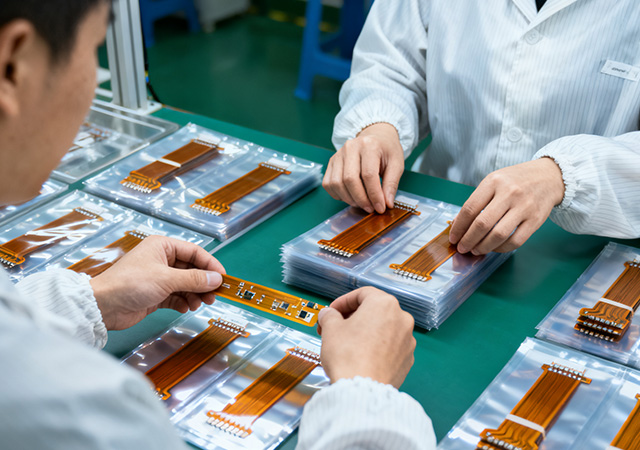
In the fast-paced global electronics market, where product lifecycles are shortening and customer demands are increasingly diverse, a professional FPC manufacturer stands out as a strategic partner rather than a mere component supplier. Specializing in flexible printed circuits (FPCs)—the foundational components enabling flexible, compact, and multi-functional electronic designs—top FPC manufacturers differentiate themselves through agile supply chain management and deep customization capabilities. Unlike generic component manufacturers, they can quickly adapt to market changes, tailor FPC solutions to specific application needs, and ensure compliance with global industry regulations. For enterprises ranging from startups to Fortune 500 companies, partnering with such an FPC manufacturer is critical to accelerating product development, reducing market risks, and maintaining competitive advantage.

Got project ready to assembly? Contact us: info@apollopcb.com



We're not around but we still want to hear from you! Leave us a note:

Leave Message to APOLLOPCB
